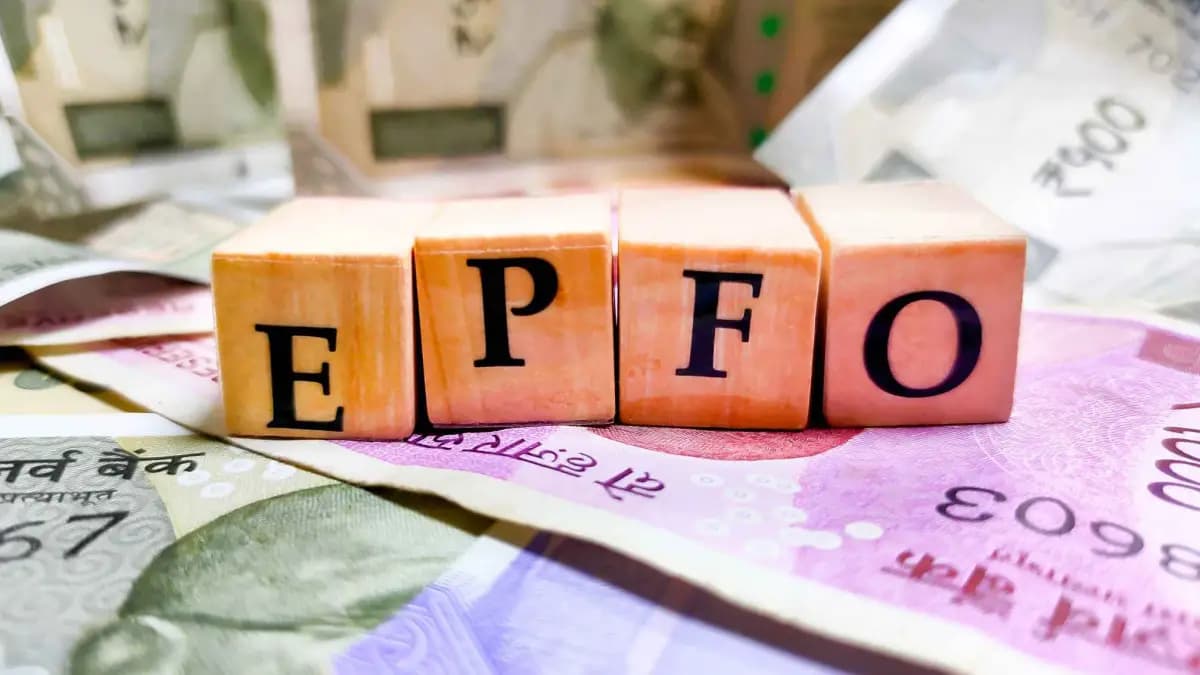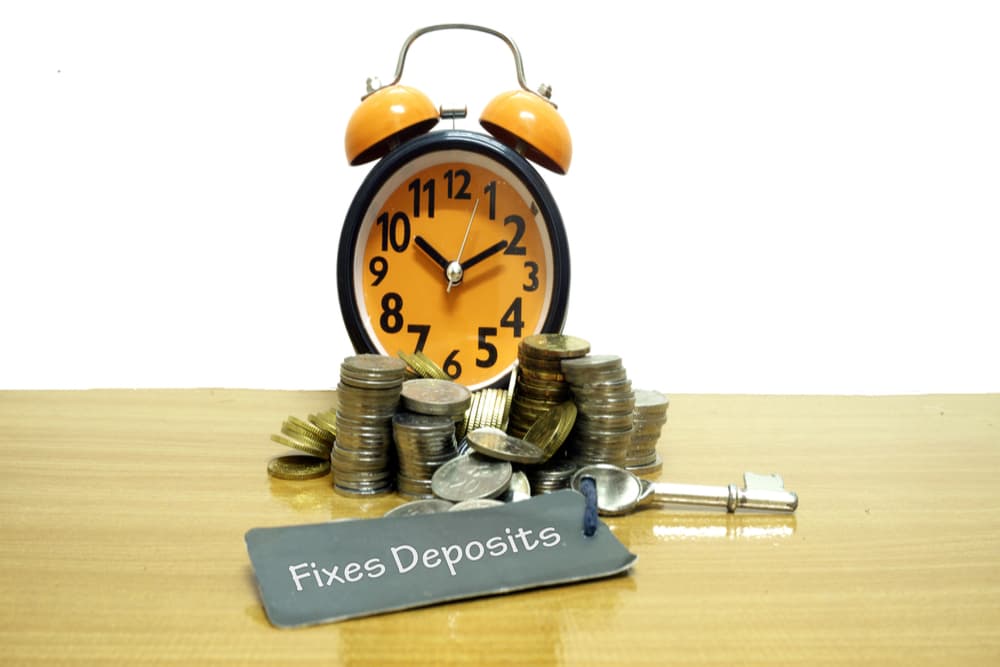Inflation is often a big concern for people of all age groups, but senior citizens have fewer options to mitigate it compared to young people. Bank fixed deposits are one of the popular investment instruments liked by senior people. As FDs offer decent interest rates and high liquidity, they are also one of the safest investment instruments available in the market. However, before investing in the FDs, one must check whether it offers a decent return vis-à-vis inflation.
Also Read: 8 Things To Learn About Finances From The Movie ‘Pursuit Of Happyness’
Why FD Interest Should Beat The Inflation Rate?
The inflation rate represents the rise in the cost of goods and services over a certain period, thus in other words it can be said to be depreciation in the value of money you hold, but how does it happen? For example, suppose Rs 1 crore can buy you a home at a particular spot at the current time, but to buy the same home after 20 years you may need around Rs 2.98 crore if the average inflation remains at around 5.5 per cent per annum during that period. It means that the costs of that home has increased in the 20 years or say the value of your Rs 1 crore has depreciated during that period so much that it’s not enough for you to acquire the same home. So, to beat inflation, you must keep your money invested such that the return on your investment is higher than the prevailing inflation level after adjusting the taxes. The return on investment after adjusting the taxes and inflation rate is also called the real rate of return. So, a higher real rate of return is what everyone should look for in the long term.
The average inflation rate in the last 5 years has been around 5 per cent level in India. It means if senior citizen wants to earn a decent real rate of return, they should try to invest in FDs which give them an interest much higher than the 5 per cent level.
How Much Interest Is Offered In The Senior Citizen FDs By The Banks?
Currently, PSU banks are offering senior citizen FD rates in the range of 7.55 per cent to 7.80 per cent for 1-year to 2-year tenure. For a 5-year tenure, they are offering interest in the range of 6.50 per cent to 7.25 per cent per annum. On the other hand, private banks are offering interest rate at around 7.50 per cent to 8.50 per cent per annum for 1 year to 2 years tenure and around 6.25 per cent to 8.25 per cent per annum for 5 years tenure. Small finance banks (SFBs) are offering a higher interest rate on FDs for senior citizens. FD rates by SFBs for 1-year to 2 years tenure range around 8.50 per cent to 9 per cent per annum and for 5 years tenure it ranges around 7.25 per cent to 9 per cent per annum.
Should Senior Citizens Invest At The Interest Rate Currently Offered By The Banks?
Interest rates earned on the FDs are subject to taxes according to the respective slab rate applicable to the investor. So, if the senior investor can get the real rate of return on FD investment, they may invest in such FD or else, they may avoid it. For example, the current inflation rate is ranging around 5 per cent. If the senior investor who falls in the 30 per cent tax slab chooses to invest in an FD that offers interest of 7 per cent per annum, then the real rate of return would be -.1 per cent per annum. So, it would be better to avoid investing in such FD. However, the investor falling in lower tax bracket may invest in such FD.
Also Read: Beyond The Nest Egg: Strategies For Stable Income Throughout Retirement
So, to choose the appropriate FD products, senior citizens should assess their tax slab rate, the prevailing inflation rate, the interest rate offered by the banks on the chosen deposit period and determine the real rate of return. If the real rate of return is positive, they may go ahead with the plan to invest in that FD.
Author is an independent financial journalist




